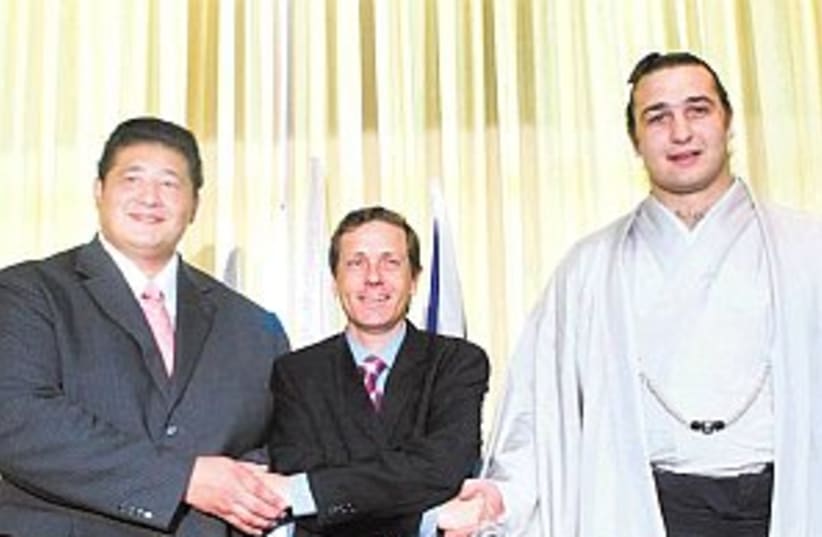| JPOST.COM HIT LIST | |
| JPost.com's most popular articles this past week |
Sumo wrestlers weigh in on peace
Tourism Minister calls visit another sign of the excellent relationship Israel enjoys with Japan.


| JPOST.COM HIT LIST | |
| JPost.com's most popular articles this past week |